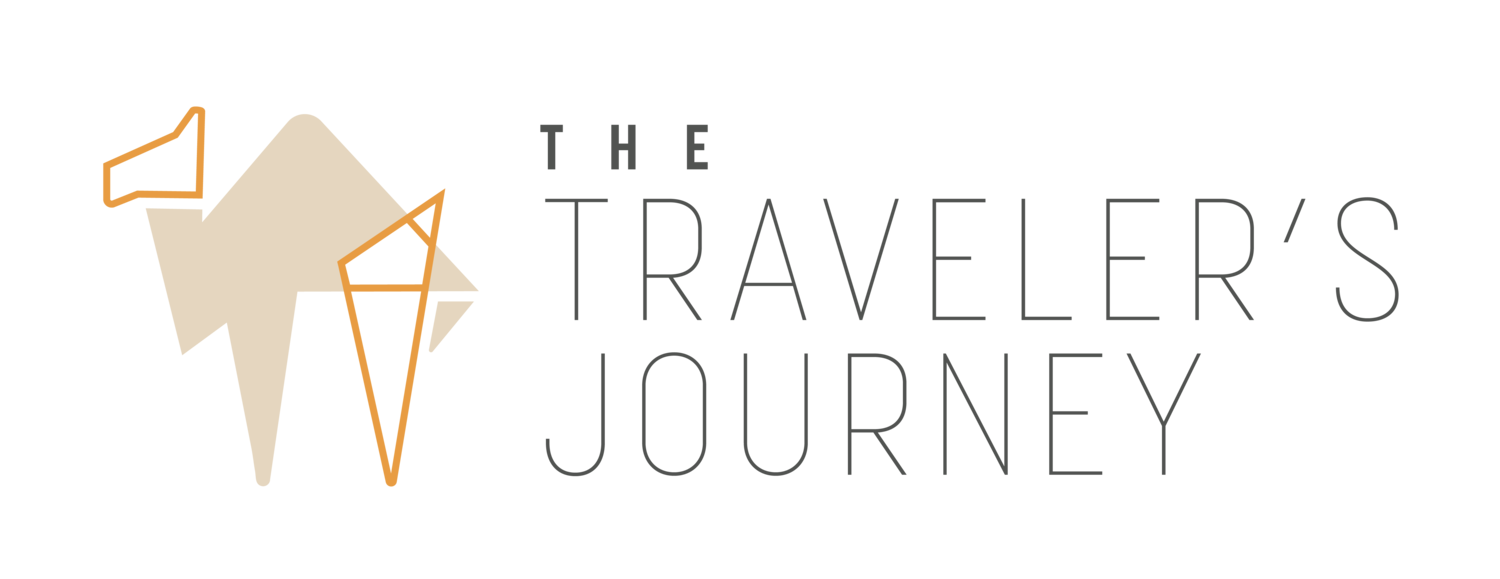Money’s tight, but you know what isn’t? Ideas. Creativity might be your greatest asset.
How to Write a Better Blog Post
Top 5 Scheduling Tools For Instagram
Planning ahead. We all know it’s easier than it sounds. We begin with good intentions but then life happens. That’s why using a scheduler is key to writing better content on social media. A scheduler allows you to pre-plan and schedule days if not weeks of posts in advance, and many offer an auto-publish option.
Finding the right social media scheduler can be a challenge with so many colorful options, overlapping features and varying price plans. Thankfully, I’ve rated each scheduling tool based on their cost, features, and downsides. I’ve graded each one with a score of 1-5, with 5 being the best. I’ve also linked through to each scheduler so you can dive deeper.
Here are my top 5 scheduling tools for Instagram:
1. LATER
If you’re looking for an intuitive, free scheduler, Later is for you. I switched to Later after extensive research (much of which you’ll find below). I’ve since upgraded to the paid version because I love it that much. With the paid version, I’m able to pull from one library and toggle between multiple accounts. I’m also able to auto-publish with location and image tags. When it comes to working with clients, the free version of Later has been working well for individual hotels and restaurants.
Cost: Free (paid subscriptions start at $9/month)
Pros: The visual Instagram planner. You can schedule posts for the month, and then review your Instagram grid and rearrange it aesthetically. The free version includes unlimited media uploads, so you can throw in your entire photo library and see how each image plays out as a tiny square. The cropping and editing tool makes it easy to size images for Instagram, too.
Cons: The free version only offers scheduling for one brand (to Instagram, Facebook, Pinterest and Twitter) which is fine for most travel bloggers or marketing managers. If you manage multiple accounts, you’ll need to create an individual Later account for each client/brand (I recommend this for brands that stand alone). If you manage accounts that share an image library, consider upgrading to the paid version.
Score: 5
2. PLANOLY
Planoly offers similar features as other schedulers, like a drag and drop planning tool and basic analytics. The tool is as easy to use and might be the best-looking scheduler out there. It’s been the choice among fashion/retail clients and designers I’ve worked with in the past.
Cost: Free (paid subscriptions start at $7/month)
Pros: The Discover feature allows you to curate and repost user-generated content from your community, making this a great choice for brands in need of additional content, or looking to share guest experiences and customer reviews.
Cons: Only allows for two social profiles (and only two types, Instagram and Pinterest) rather than all profiles. For a lot of travel bloggers, these are the main focus, and certainly the most visual social media platforms. Still, if you’re looking to share content on Facebook or Twitter, even less frequently, you’ll need to log in directly to those sites instead of managing all of your social channels in one place.
Score: 2
3. BUFFER
Buffer stands out as the most analytical of all of the schedulers. If you’re more left-brained, this may be the tool for you.
Cost: Free (paid subscriptions start at $15/month)
Pros: Ability to schedule to the most social media platforms (i.e. Instagram, Facebook, Twitter, Pinterest, and LinkedIn). Plenty of ways to analyze the data, plus recommendations to grow reach, engagement, and sales.
Cons: The free version only allows a user to schedule up to 10 posts at a time.
Score: 3
4. HOOTSUITE
Hootsuite was a pioneer in the social media industry and has been in the game longer than most (founded in 2008). 10 years ago, I used it extensively to manage Twitter accounts. Today, it does much more. Hootsuite caters to businesses managing multiple clients. Higher tiered plans offer collaboration among teams.
Cost: Subscriptions start at $29/month
Pros: The lowest tier offers unlimited scheduling and up to 10 social profiles, more than other tools.
Cons: No free version.
Score: 3
5. TAILWIND
Schedule an entire week of pins to Pinterest in 20 minutes flat. If you’ve noticed that Pinterest is driving a good chunk of traffic to your website, chances are you’re already using Tailwind. Since Pinterest operates quite a big differently than other social channels, it requires a different set of strategies.
Tailwind has revolutionized my presence on Pinterest. I’ve upgraded to the subscriptions and use a Tailwind automation tool to recycle content that performs well. Since Pinterest is one of the only social media platforms that’s still serving most content chronologically, reposting your most popular content is smart way to drive traffic back to your website.
Maybe best of all, Tailwind seems to be constantly rolling out new features. From Tribes, to automation, to connecting your Instagram feed to share posts published across platforms, to offering the ability to auto-publish to Instagram, there’s no telling what Tailwind will roll out next. This is one to watch.
Cost: Subscriptions start at $9.99/month
Pros: Tailwind Tribes. Users can join tribes in 4,000+ niches to reach new audiences, find fresh content, and team-up with a community of influencers to share and post each other’s content for wider reach.
Cons: Currently only allows scheduling to Instagram and Pinterest.
Score: 3
The Verdict
When it comes to Instagram schedulers, I hope I’ve helped you narrow down your options. Whether you’re an influencer looking to streamline your posting schedule, or a hotel client trying to post consistently on Instagram and Facebook, I highly recommend a scheduler tool. If you’re looking to increase traffic to your blog, you’ll also want to take a look at Tailwind to improve your presence on Pinterest, too.
When you plan your content in advance, you’ll write better captions, you’ll create a better flow to your feed, and you have the ability to consistently publish content, even when life gets in the way. Once you’ve got the scheduler out of the way, it’s time to focus on the content. Start writing better Instagram captions today.
Do you have a favorite Instagram scheduling tool? Comment below.
4 Tips for Writing a Better Instagram Caption
Before we jump into writing a better Instagram caption, let’s talk about the why. Two recent studies conducted by industry leaders Later.com and Fohr suggest that Instagram engagement is changing. Today, it’s not enough to post a beautiful image, the caption might be just as important.
According to this study, posts with longer captions have higher engagement rates. Some influencers are micro-blogging on Instagram—turning away from a traditional blog in favor of doing it all on the Instagram app. While I don’t recommend using Instagram as your blog, you can improve your engagement with these tips for writing a better Instagram caption:
1. PLAN AHEAD
The number one thing that you can do to write a better caption is plan ahead. Be thoughtful when you’re posting, don’t just wing it. The really good, juicy captions are written ahead of time. Instagram has a “drafts” option, you can write in the notes section of your phone, or use a planning tool to write and review your posts before you’re ready to publish.
2. USE YOUR OWN VOICE
Another simple thing that you can do to improve your caption is to use your own voice. Find inspiration from other travel bloggers, people outside of the industry, even a mentor, but when it comes to writing your own posts, write in your own unique voice. Think about how you might speak with a close friend or family member. That’s the voice I’m talking about here. Before you hit publish, read your caption aloud and make sure you sound like yourself, not the narrator from Gone With the Wind.
3. USE PARAGRAPH SPACING
As you begin writing longer captions, use paragraph spacing between ideas to improve the flow of your writing. A space indicates a pause and can also add impact.
Give it a try: Write a three sentence paragraph, then break out the first sentence and read the content aloud. Put the paragraph back together and break out the last sentence. Read the content aloud one more time, and notice the difference.
Adding paragraph spacing is a cinch…outside of Instagram. Open the notes section of your phone and write your caption with spacing. When you copy and paste it into Instagram, your spacing should hold. If you try to add spacing inside of Instagram, it doesn’t stick when you hit publish…this is just one more reason to plan ahead.
4. ADD A CALL TO ACTION
Finally, add a call to action to your post. Ask your followers to engage with you and your post. Be clear and direct. Here are some ideas:
Tag a friend who’d love this story.
Like if you agree.
Double tap if you wish you were here.
Share with someone who needs this right now.
Save this post for your trip to ______.
Hop into my Stories to watch the action live.
Click the link in my bio to read the full blog post.
LOOK AT YOU, YOU’RE ON YOUR WAY TO BETTER CAPTIONS
The best thing about these tips is that you can literally put them into action right now. Spend 5-10 minutes planning your caption in advance, read it aloud and make sure it’s in your own voice, use paragraph spacing to make it easy to read, and include a call to action so readers know just how to respond.
If you’re ready to start writing better Instagram captions, sign up to receive my free guide, 16 Instagram Caption Prompts + CTAs for travel bloggers, here.
Like this post? Pin it.














